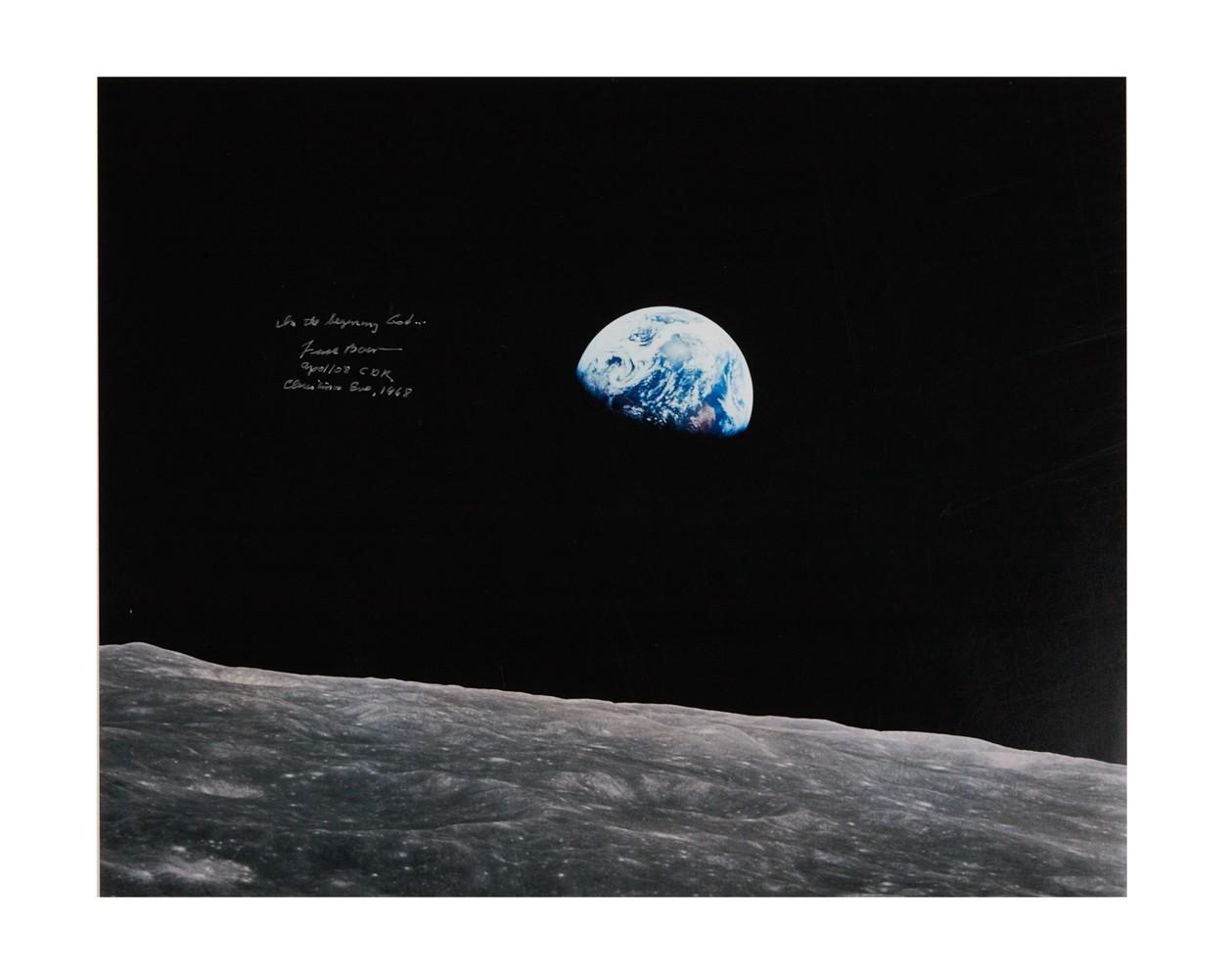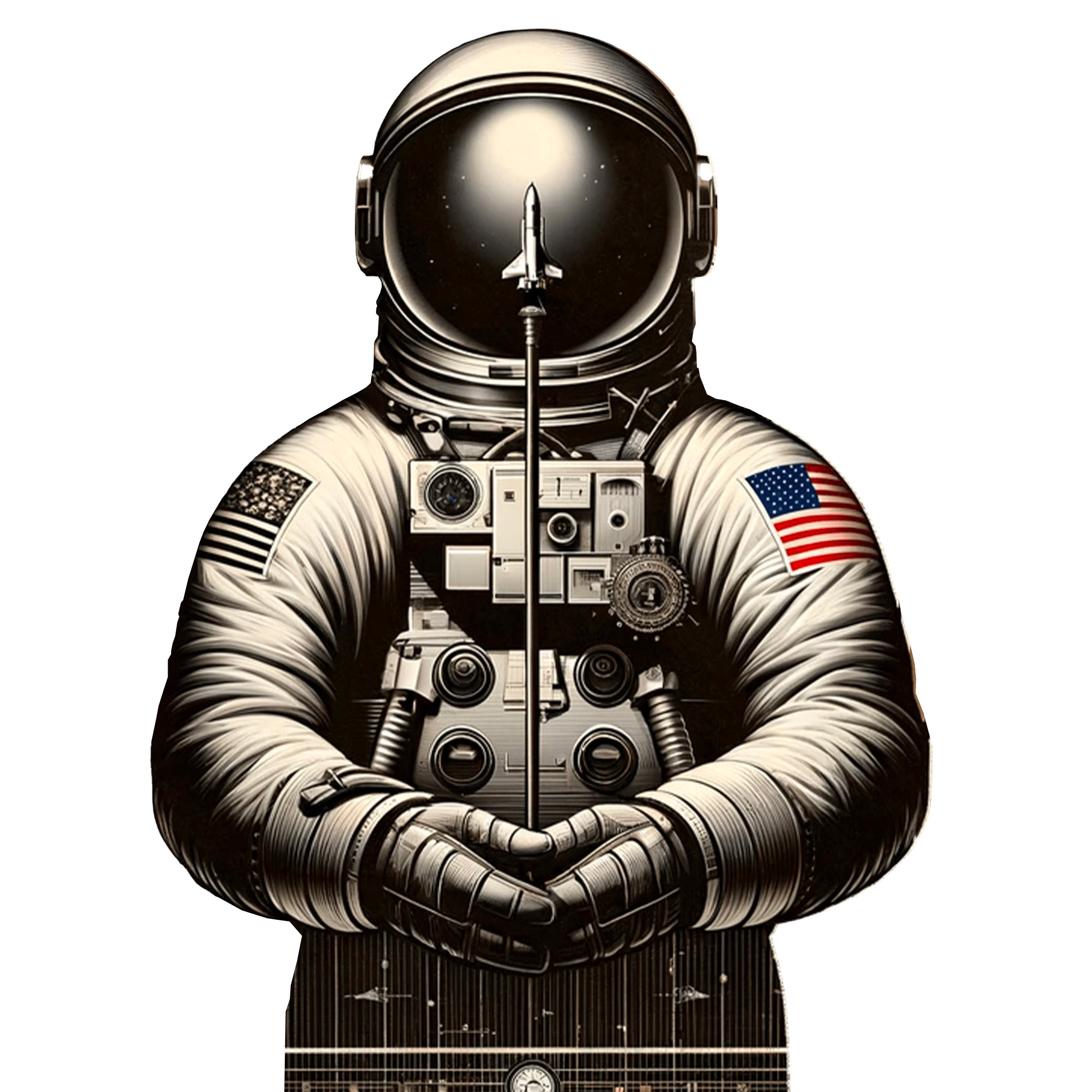History
The Space Race
This month, Julien’s Auctions is thrilled to present a collection of historic space-race items, including original hardware and devices designed by NASA engineers as part of the American effort to launch humans into space.
February 5, 2024



The Space Race, a pivotal chapter in the Cold War rivalry between the United States and the Soviet Union, was deeply influenced by the aftermath of World War II. The war marked the emergence of advanced rocket technology, thanks in part to the work of German scientists led by Wernher von Braun. Following the war, both the United States and the Soviet Union sought to capitalize on the expertise of these German engineers, who had developed the infamous V-2 rocket for the Nazis. The Allies, particularly the United States, engaged in a covert operation known as Operation Paperclip, bringing many German scientists, including von Braun, to work on their own missile and space programs.
The legacy of World War II's technological advancements was evident in the early stages of the Space Race. Wernher von Braun, now working for the United States, played a crucial role in the development of the Redstone and Jupiter-C rockets. These rockets laid the foundation for the launch vehicles that would eventually carry the first American astronauts into space. Meanwhile, the Soviet Union, having also acquired German expertise, launched the world's first artificial satellite, Sputnik-1, in 1957, thus initiating the space age and intensifying the Cold War competition.
The culmination of the Space Race occurred in July of 1969 with the momentous Apollo 11 moon landing, representing not only a notable American triumph in the Cold War but also a milestone in the wider scope of human history and technological advancement.
This month, Julien’s Auctions is thrilled to present a collection of historic space-race items, including original hardware and devices designed by NASA engineers as part of the American effort to launch humans into space. Many of the items originate from the personal collection of Charles Henry Bell, an IBM telemetry engineer who began working for NASA on the Saturn rocket instrument units that were used in the Apollo program.
Examining the computers and electronics utilized by NASA during that time period offers a fascinating glimpse into the speed at which technology has advanced over the last 50 years. Compared to the hand-held technological marvels we carry around in our pockets today, the processors used on board the Apollo spacecraft had very limited ability. The guidance computers for instance had a clock speed of about 1 MHz and a mere 2 kilobytes of memory. In contrast, contemporary smartphones boast multi-core processors with clock speeds measured in gigahertz and storage capacities ranging from dozens to hundreds of gigabytes.
Don't miss your chance to acquire a tangible piece from this awe-inspiring chapter in human history!
